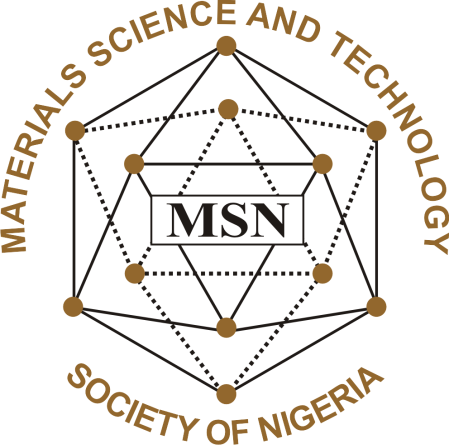Photo-Degradation of Direct Yellow 96 In UV/TiO2 and UV/H2O2 using Factorial Design
Abstract
In this research, factorial design have been employed to study the influence of four important factors; pH, catalyst dosage, irradiation time and dye concentration in the treatment of C.I. Direct Yellow 96 dyestuff using UV/TiO2 and UV/H2O2 photo-degradation processes. The results indicate that the adsorbent dosage and irradiation time exhibit a significant positive effect on the efficiency of decolourization, whereas the initial dye concentration and pH of dye solution show a significant negative effect in UV/TiO2 for the dye. Under UV/TiO2, maximum degradation of 73% was obtained at dye concentration of 5mg/l, pH 4, reaction time of 90min and catalyst dose of 2g/l. Under UV/H2O2 the irradiation time and initial dye concentration exhibit a significant positive effect on the efficiency of decolourization, whereas the pH of dye solution and adsorbent dosage show a significant negative effect for the dye. However, the UV/H2O2 gave a maximum degradation of 58% at dye concentration of 5mg/l, pH 4, reaction time of 90min and H2O2 catalyst dose of 25mM. Hence, both methods can be adopted as a preliminary treatment process for dye wastewaters
Keywords: Photo-degradation, dye, photoreactor, UV/TiO2 and UV/H2O2
